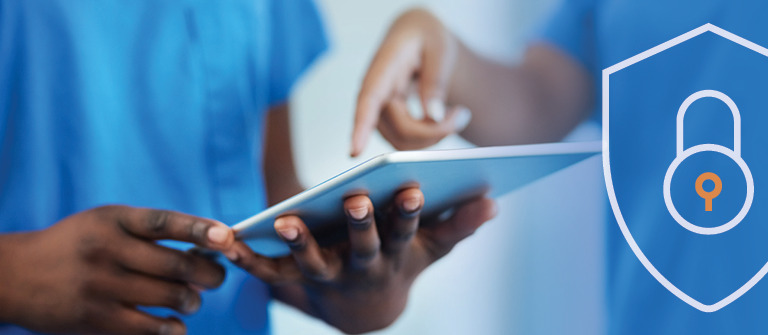Cyberattacks in the healthcare industry are a critical topic, especially when all patient data exists on electronic platforms. While hospitals and other healthcare facilities have the power to reduce the risk of cyber threats, many aspects of the industry make this challenging. Healthcare organizations should be aware of why they are a target, and implement solutions that protect their patients and practices.
1. Value of patient records
Cyberattackers choose their targets based on what they can get from them, and patient records can offer a lot. Healthcare organizations manage a wide array of private information, from social security and credit card numbers to medical history. Cyberattackers can either sell this information to make money or use the financial information to make fraudulent charges.
2. Financial status of the industry
In addition to patient records offering high value to cyber criminals, healthcare facilities have a high propensity to pay ransom values. Rather than using or selling private data, cyberattackers can hold onto the information and require a certain amount of money to return it. In 2022, hospitals across the U.S. earned roughly $4.5 billion in revenue, meaning they can supply an impressive ransom payment for high-value data (American Hospital Directory, 2023).
3. Outdated and varied technology
According to a study conducted in 2020, 83% of medical imaging devices are running on outdated technology (Unit 42, 2020). Most healthcare technology operates on Windows 7, an operating system that no longer receives system updates and patches from Microsoft.
This outdated tech makes healthcare facilities extremely vulnerable. Many organizations fail to update their technology because they fear it will disrupt service and limit care to patients. Plus, they often do not implement additional security technology to compensate for the lack of security updates. However, a risk assessment would likely prove these practices are putting their patients at risk in a different way — leaving their data unprotected.
4. Limited staff training
With these factors putting healthcare practices at risk, awareness of cyberattacks is critical for responding quickly to threats. Even so, many employees at healthcare organizations lack the training that keeps them on top of these risks.
Healthcare workers operate on packed schedules and may find they do not have the time for this type of training. Limited time paired with limited budgets makes it even more challenging for these facilities to implement training programs.
Reduce Cybersecurity Threats with Rectangle Health
Rectangle Health understands how critical security is in payment processing. Our platform Practice Management Bridge® provides various avenues for processing payments while helping your organization abide by relevant compliance standards and security needs.


